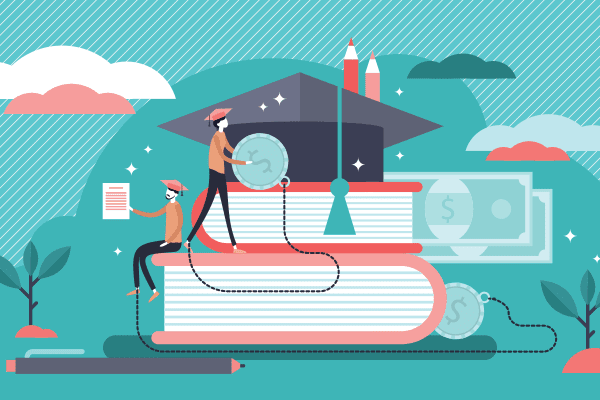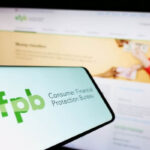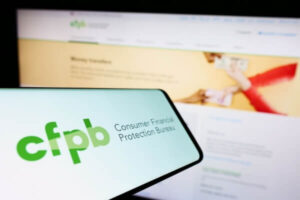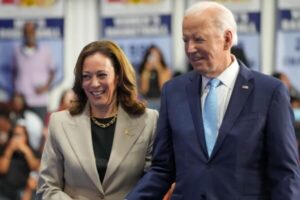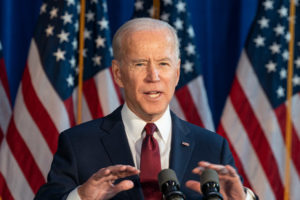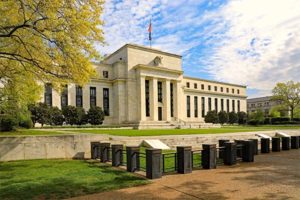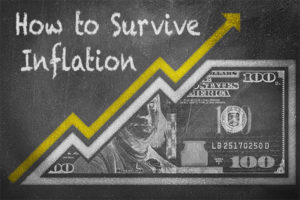Handling Student Loans During the Pandemic
COVID-19 has put a plug in the nation’s cash flow, forcing graduates to dig deeper into their pockets if they want to avoid drowning in student loan debt.
The US government (The CARES Act) has placed a “pause” or moratorium on student loan payments and stopped interest from accruing on federal student loans until May 1, 2022. That means you do not need to make a payment until after that, no interest will accrue and there is no impact to your credit score.
Below we’ll discuss what to do about your student loans after May 1, 2022.
Repaying Student Loans During COVID-19
The government has suspended federal student loan payments for six months, beginning March 13, 2020 and ending May 1, 2022. This is what they mean by “administrative forbearance” and it applies to all federal student loans owned by the Department of Education (ED).
Whether you were on an income-driven or standard repayment plan doesn’t matter.
No interest will accrue, and nothing is due from you. If your loans are eligible, the CARES Act will automatically apply to them. There’s no need to set anything up, however, if you’re unsure about your eligibility you should contact your student loan provider.
If you have money available, you may want to keep paying your loans, since you will be able to tackle the principle directly, without having to deal with interest. Draining the principle will mean a smaller loan amount for interest to leach off. When all is said and done, this will save you money.
Note, your payment will only go towards your principle once the interest that accrued prior to Mar. 13 has been paid.
Federal Student Loans Under the CARES Act
Under the CARES Act, the following loans will carry 0% interest rates from Mar. 13, 2020, through May 1, 2022.
- Defaulted and non-defaulted Direct Loans
- Defaulted and non-defaulted FFEL Program loans
- Defaulted and non-defaulted Federal Perkins Loans
- Defaulted HEAL loans
These loans must be owned by the Department of Education (ED). The ED makes this distinction because some loans (certain FFEL, HEAL, and Perkins loans) are owned by universities. As of Aug. 7, 2020, these loans are not eligible for the CARES Act.
You should still, however, call up your service provider and ask what benefits may be available.
If you’re a current student, the CARES Act covers you as well. Funds have been made available to students in the form of grants to cover food, housing, course materials, and healthcare. Your school decides the criteria needed to qualify for a grant, so get in touch with your financial aid office to learn more.
Income-Driven Repayment Plan Under the CARES Act
If you’re on an income-driven repayment plan, you don’t need to do anything to take advantage of 0% interest. Benefits are automatically applied to your account. The months of suspended payments still count towards IDR and Public Service loan forgiveness. So long as all other qualifications are met, you don’t have to worry about derailing your plans to opt-out of your loans down the line.
Another thing to note is that the CARES Act has pushed back the IDR re-certification deadline. Before, you had to re-certify every year to make sure you were still eligible for an income-driven repayment plan. The CARES Act extends the deadline by six months. So, if you were due to re-certify in August 2020, you won’t have to actually re-certify until February 2020.
Private Student Loan Options During COVID-19
The above student loan relief is for federal student loans only, since private student loans are not covered by the CARES Act. You need to keep paying your private student loans if you don’t want to default. If you’re struggling to keep up with payments, get in touch with your lender and ask about any hardship programs it may provide.
You may also want to see if student loan refinancing is a viable option. You might be able to save some money with a lower interest rate, but if you’re enjoying interest rates below 4.5% and aren’t experiencing severe hardship due to COVID-19, you’re probably better off sticking with your current loan provider.
Should You Continue to Make Student Loan Payments?
Despite the available relief options, it might be wise to continue making those student loan payments – if you can afford it.
You can save a lot of money by paying off your loans while the interest is suspended. For example, let’s assume you have a loan amount of $35,000, the average balance seniors from the class of 2020 graduated with and the interest on your account is 4.5%.
To get the amount of interest you’re being charged daily we would do a simple calculation:
($35,000 * 0.045)/365 = $4.315
Rounding up, your daily interest comes out to $4.32. Multiply this by 30 to get your monthly interest charge of $130. This is the amount you’re being charged every month to borrow money.
If your monthly payment is $350, that means $130 goes to interest and $220 goes to principal making your new principal amount $34,780.
When interest is suspended all the money you pay goes to your principal. A $350 payment drops your new loan amount to $34,650. This means not only do you save $120 (since it would’ve gotten eaten up by interest), but you’re also left with a lower loan amount. A lower loan amount will give interest less to build off of leading to even more savings.
Sources:
- N.A. (ND) Coronavirus and Forbearance Info for Students, Borrowers, and Parents. Retrieved from https://studentaid.gov/announcements-events/coronavirus
- Horch, A. (2020, July 16) How to avoid getting crushed with student loan debt during the pandemic. Retrieved from https://www.cnbc.com/2020/07/16/avoid-getting-crushed-with-student-loan-debt-during-the-pandemic.html
- Whistle, W. (2020, July 22) Three Things To Know About Student Loan Forgiveness During The Pandemic. Retrieved from https://www.forbes.com/sites/wesleywhistle/2020/07/22/three-things-to-know-about-student-loan-forgiveness-during-the-pandemic/#207b4bf3779c
- Whistle, W. (2020, August 10) Trump’s Executive Order Hurts Those Seeking Student Loan Forgiveness. Retrieved from https://www.forbes.com/sites/wesleywhistle/2020/08/10/trumps-executive-order-hurts-those-seeking-student-loan-forgiveness/#5151925d78c0

